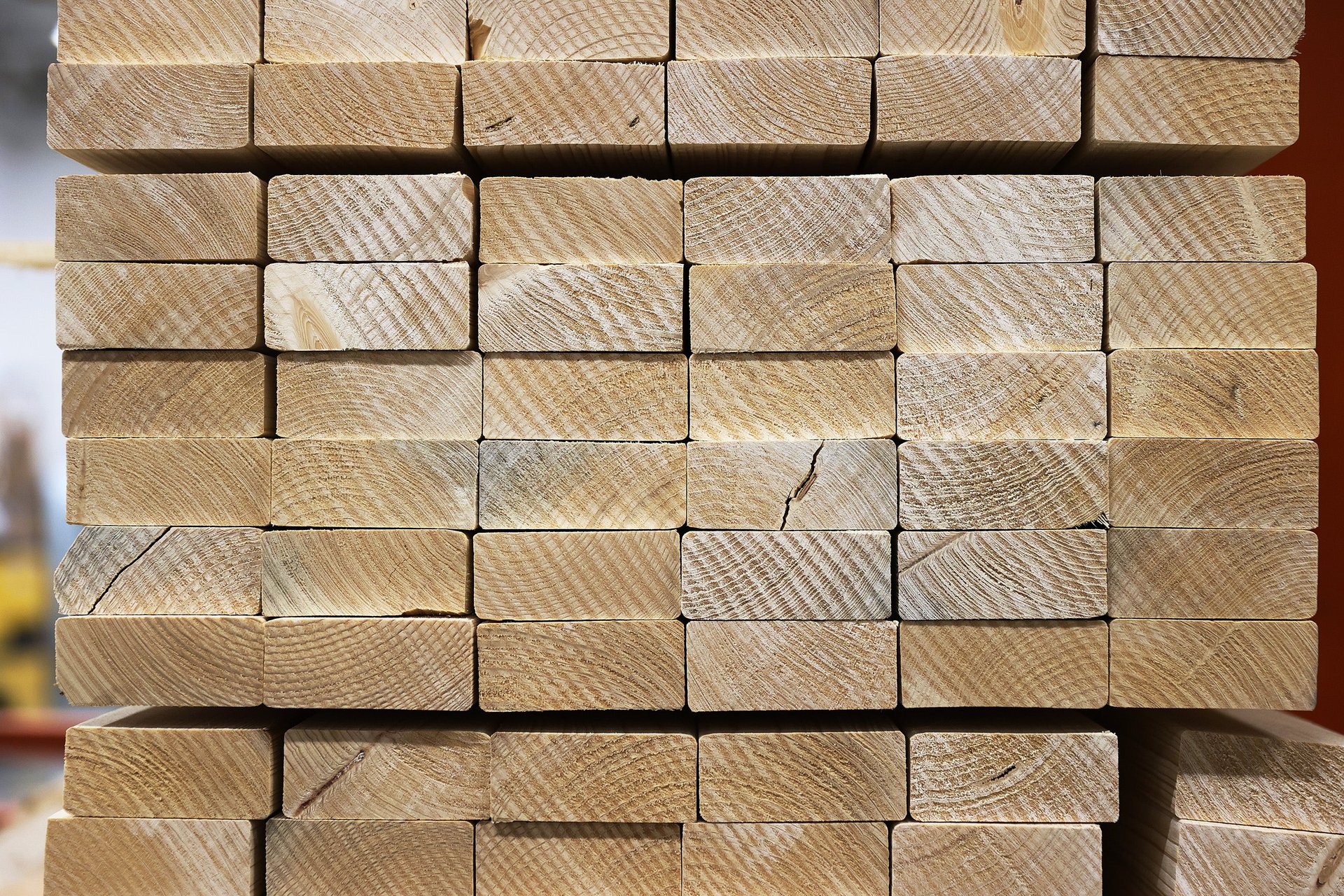Lumber prices are near pre-pandemic lows
US lumber prices are expected to keep falling until next year

Lumber prices in the US are now approaching pre-pandemic levels.
The pandemic threw lumber supply and demand out of whack, setting the industry off on a rollercoaster ride. Prices peaked in April 2021 at an average of $1,500 per 1,000 board feet in response to a surge in home renovations and construction. But they’ve been falling since May, as rising interest rates take hold of the economy.
By September 28, lumber prices were down 70% to $432 per 1,000 board feet.
The main reasons: the economic slowdown and Americans going back to pre-pandemic activities outside their homes, according to Forest Economic Advisors (FEA), a consulting firm.
The group is expecting lumber prices to continue dropping into next year. But the slowdown will be relatively short-lived. “We do not expect severe recessions similar to recent history,” said Crystal Gauvin, a senior economist at FEA.
Lumber supply and demand
The FEA expects the lull in demand for lumber to last into 2023, but it sees it surging again by the end of the year due to massive pent-up demand for affordable housing.
A key demographic of home buyers, those between the ages of 30 and 35, is expected to hit the market in 2023. But housing supplies are tight. “US homebuilders have been building below the underlying demand for housing for more than a dozen years,” Gauvin said.
The US’s housing stock is also aging. According to the most recent American Housing Survey, 72% of all US housing units were built prior to 1995. That means more renovations—and more lumber.
Meanwhile, lumber stocks in North America are at all-time lows.
That’s unlikely to change much in the next couple of years as builders step up construction to meet demand. So, Americans could see another run-up in lumber prices before too long.